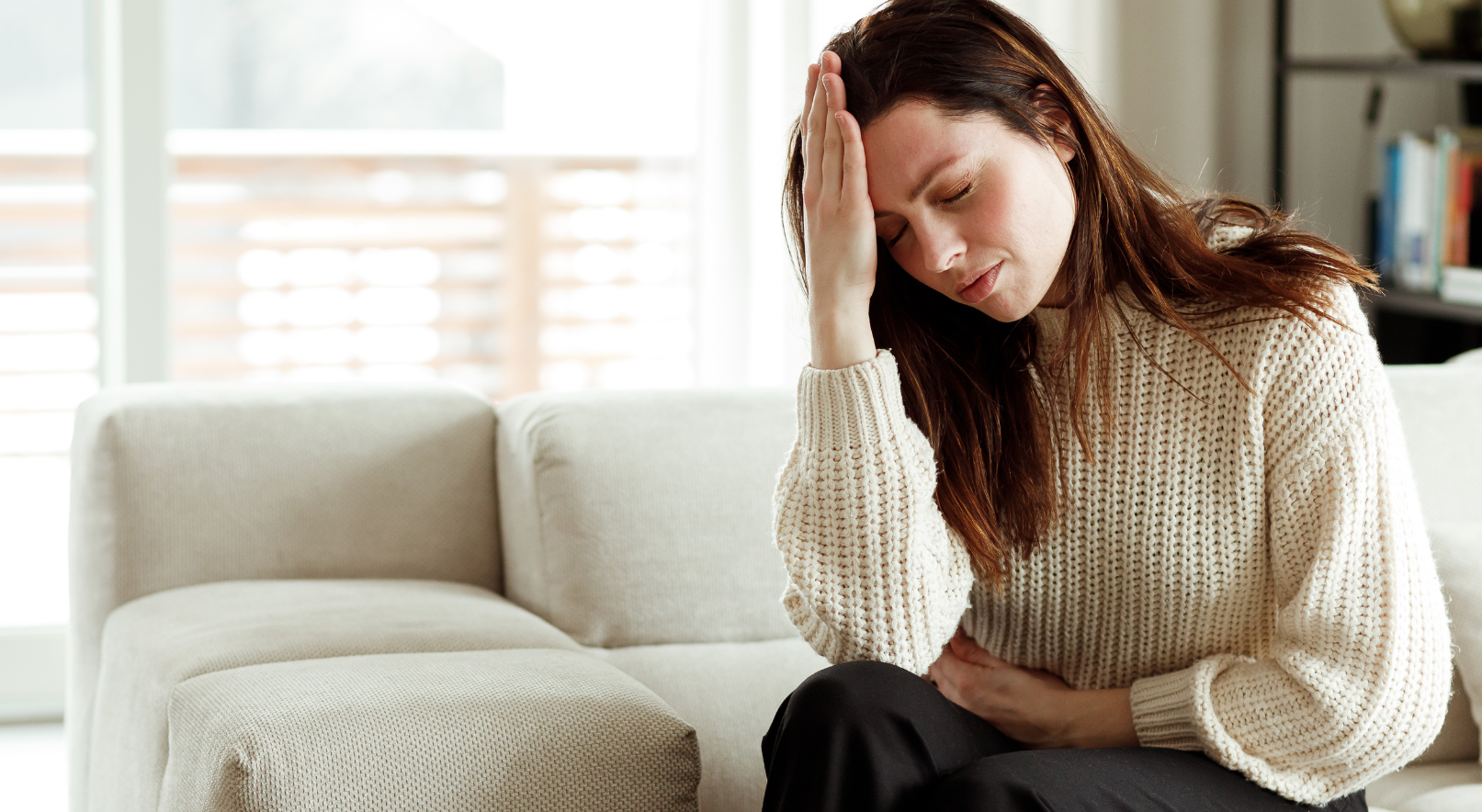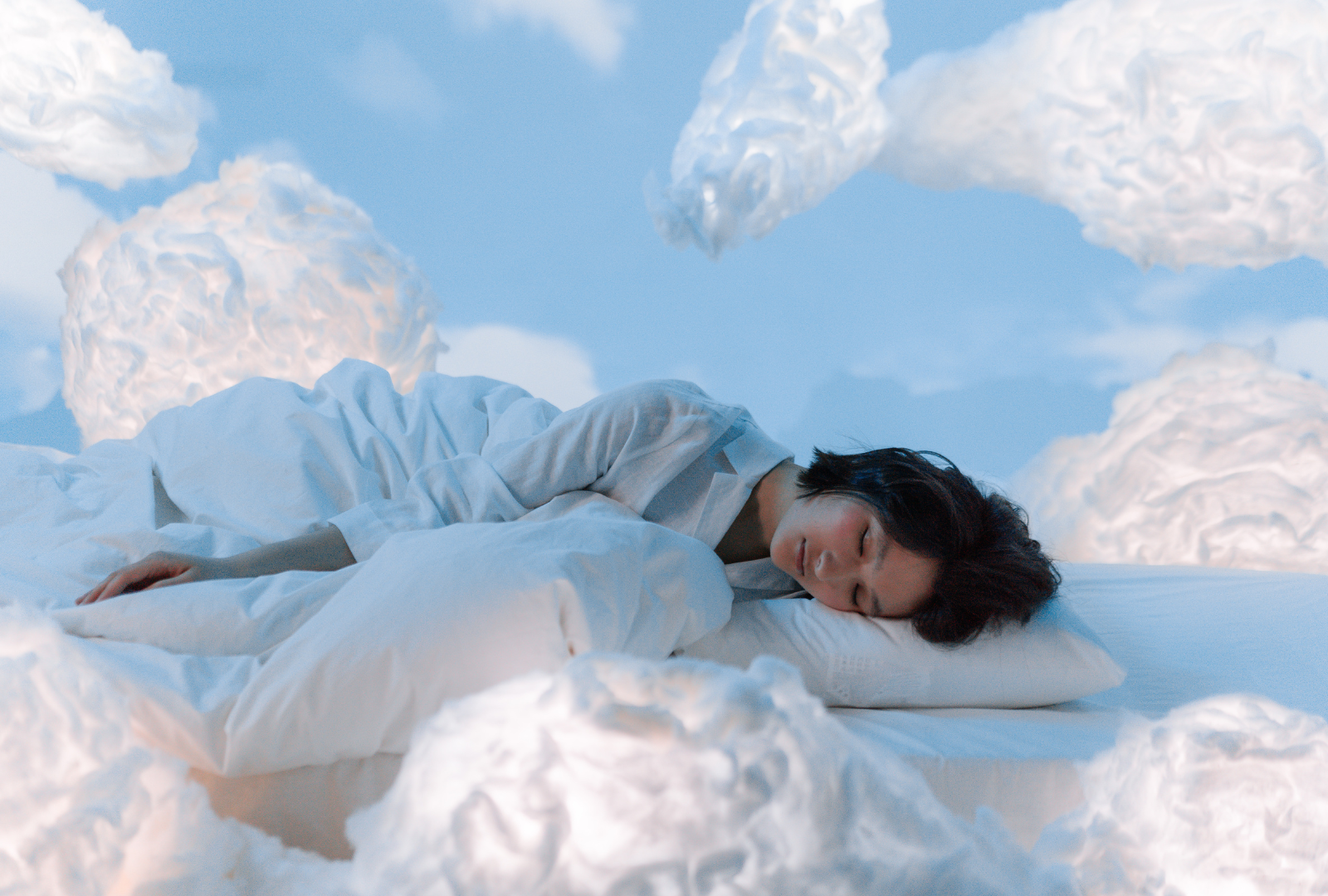
What is SAD and how is it treated?

|
Written by Ruby Deevoy Ruby Deevoy is an award-nominated health, science and wellbeing journalist who contributes to publications such as New Scientist, The Telegraph, The Times, Stylist, Natural Health and many more. She is the UK's first and only ever mainstream CBD columnist (Top Sante magazine) and CBD consultant for international CBD and cannabis brands and clinics. |
We’ve just turned the clocks back, marking our descent into winter months. And while brighter mornings may be welcomed by the early risers among us, if you’re feeling a little low, know that you’re not alone. Among many other aspects of winter, there’s evidence to suggest that ‘Daylight Savings’ may contribute to Seasonal Affective Disorder (SAD). It may just be one hour of chance, but while your brain and circadian rhythm try to adjust to this disturbance, you might experience some negative physical, mental and behavioural changes.
This of course isn’t the only potential cause of Seasonal Affective Disorder (SAD), which comes with symptoms such as a persistent low mood, irritability, lethargy, difficulty concentrating and decreased sex drive. The key root cause is believed to be lack of sunlight which, according to the NHS website, might stop a part of the brain called the hypothalamus working properly affecting the production of melatonin and serotonin.
But don’t worry, there are ways you can help lift yourself from the gloom of SAD if you’re prone to experiencing it. From making good use of a SAD lamp (which mimics bright sunlight), taking certain supplements and learning how to effectively manage your symptoms.
How do you beat SAD naturally?
As well as vitamin D, many people also choose to use CBD, for SAD. This hemp-derived molecule directly activates serotonin receptors in the body, triggering a release of this neurotransmitter that is often depleted in people with SAD. In turn, elevation of serotonin also leads to an increased production of melatonin. In addition, the activation of the endocannabinoid system allows the brain to better handle stress and anxiety.
We spoke to Cheryl Lythgoe, Matron at Benenden Health about further ways you can take control of your wellbeing and manage Seasonal Affective Disorder (SAD) with ease. Here are her expert tips…

-
Illuminate your interior décor
All forms of light and brightness help fight off the winter blues. Go for LED lights, which tend to be brighter than conventional bulbs, give off a more ‘natural’ spectrum of light and use 90% less energy. White walls and brightly coloured cushions can also deliver subtle mood-boosting effects.

-
Consider a lightbox
For some people, ‘light therapy’ can cure the winter blues. ‘Light boxes’, which emit wavelengths of light similar to natural light are widely available, and Dr Rosenthal recommends models that are at least 30 x 60cm and are tried-and-tested ‘white light’ therapy boxes rather than newer ‘blue light’ versions. An initial dose that is typically recommended is half an hour in the morning.

-
Spend time with others
Social interaction is a well-known protector against all forms of depression, lowering blood pressure and levels of stress hormones. If you're able, you could see a friend or relative for a catch-up or a walk - don't forget to wrap up warm! Volunteering has proven benefits to overall mental well-being. If it's possible in your area, research what volunteering opportunities are available. It could be a great way to give back and connect with others.

-
Take care with carbs and sugar
The brain is a glucose-hungry organ and people with Seasonal Affective Disorder often find themselves reaching for the biscuit tin. But by eating lots of get-up-and-go carbohydrates, a slump will soon follow. But do eat lots of oily fish and take extra vitamin D – the ‘sunshine vitamin’. Why not have a look at the Benenden Health healthy recipe ideas, including a hearty red lentil and spinach dal and a nourishing super green soup recipe?

-
Get outside
When the mercury drops, going outside to brave the icy air sinks to the bottom of the priority list. But it’s time to pop on your woollies because few things beat natural light – even on a cloudy day.

-
Do some early spring cleaning
Light-sensitive cells at the back of the eyes have connections to the body’s internal clock, at the front of the brain. The body clock may be disrupted in winter, contributing to SAD, so trim the hedges and clean the windows to maximise how much natural light makes it into the home. Dirty glass will stop 20% of the energising light that would otherwise enter the room.

How serious is SAD?
The nature and severity of SAD can vary widely, from minor niggles to much more serious symptoms. If you’re struggling with your physical and mental health, while it’s great to implement self-care tools and find ways to better your well-being at home, don’t hesitate to visit your GP for additional support.
If you’re thinking about bringing CBD into your daily winter routine or using CBD for SAD Eresos has got you covered! Treat your body internally with our oral drops, and don’t forget to look after your skin too, which also suffers in winter months. A great way to introduce a little much-needed luxury into your darker days.




